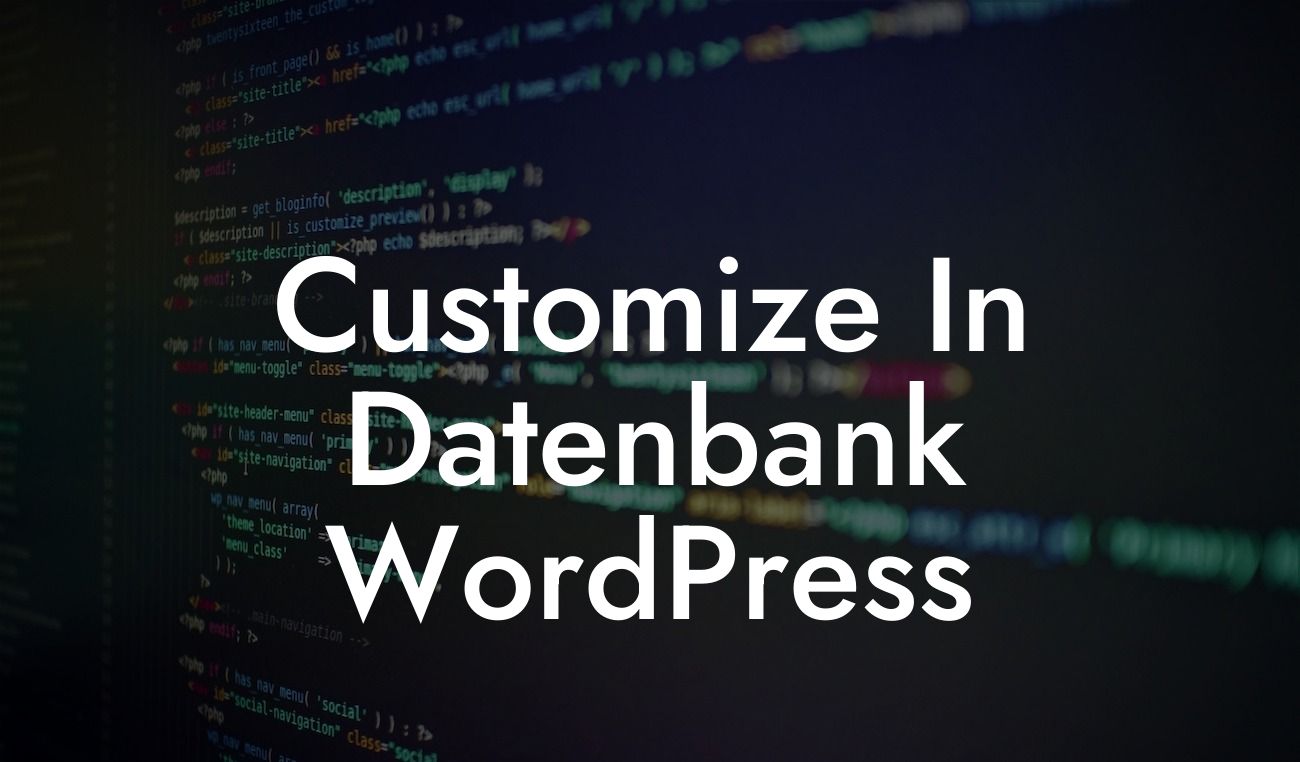Changing the PHP memory limit in WordPress may sound like a daunting task, but fear not! In this guide, we will walk you through the process step-by-step, ensuring that you can optimize your website for optimal performance. By increasing the PHP memory limit, you can enhance your website's capabilities and enable it to handle more complex tasks efficiently. So, without further ado, let's dive into the world of WordPress and PHP memory limit optimization.
PHP memory limit defines the maximum amount of memory that a PHP script can use while running on a server. By default, WordPress has a modest memory limit set to ensure compatibility with various hosting environments. However, as your website grows and becomes more resource-intensive, you may encounter issues such as fatal errors or limited functionality. Increasing the PHP memory limit becomes essential to overcome these challenges.
To change the PHP memory limit in WordPress, follow these simple steps:
1. Identify the current memory limit: Before making any changes, it is important to know the existing PHP memory limit on your website. You can check it by going to your WordPress dashboard, navigating to "Tools," and selecting "Site Health." Under the "Info" tab, look for the "Server" section, where the PHP memory limit is displayed.
2. Editing the wp-config.php file: To increase the PHP memory limit, you need to access your website's files. The quickest way is through an FTP client or via your hosting provider's file manager. Locate your WordPress installation folder and find the wp-config.php file. Make a backup of this file before proceeding.
Looking For a Custom QuickBook Integration?
3. Add the PHP memory limit code: Open the wp-config.php file using a text editor, and scroll down until you find the following line of code:
`/* That's all, stop editing! Happy blogging. */`
Just above this line, paste the following code snippet:
`define('WP_MEMORY_LIMIT', '256M');`
This code sets the PHP memory limit to 256 megabytes (MB). You can adjust this value according to your needs, but it is recommended to keep it between 128MB and 256MB for most websites.
4. Save and upload the wp-config.php file: After adding the code, save the changes to the wp-config.php file and upload it back to your website's root directory using FTP or your hosting provider's file manager. Overwrite the existing file if prompted.
5. Verify the changes: To ensure that the changes take effect, reload your website and check the PHP memory limit again using the Site Health tool. It should now reflect the updated value you set in the wp-config.php file.
How To Change Php Memory Limit Wordpress Example:
Let's consider a scenario where you have a WordPress e-commerce website that experiences frequent timeouts when customers try to add products to their cart. This issue could be caused by a low PHP memory limit. By increasing the limit to, let's say, 256MB, you provide your website with more resources to handle complex tasks, resulting in a seamless shopping experience for your customers and decreased cart abandonment rates.
Congratulations! You have successfully learned how to change the PHP memory limit in WordPress and unlock the full potential of your website. Optimizing your website for increased memory capabilities ensures smoother performance, decreases the chances of encountering errors, and enhances user satisfaction. If you want to further elevate your online presence and explore other handy guides, DamnWoo is here for you. Check out our incredible plugins designed exclusively for small businesses and entrepreneurs, and unlock endless possibilities for success. Don't forget to share this article with others who might benefit from it!













